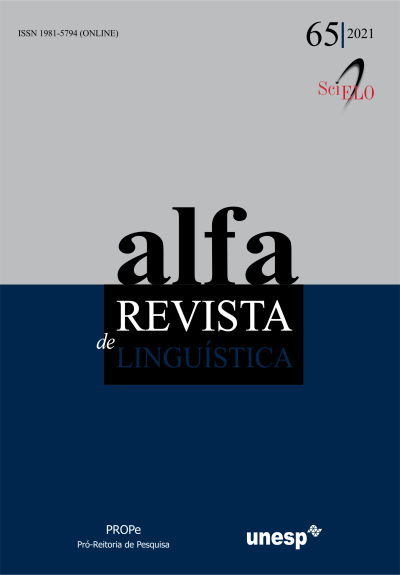Conceptual transfer
linguistic relativity in second language learning
DOI:
https://doi.org/10.1590/1981-5794-e12799Keywords:
Conceptual transfer, Cross-linguistic influence, Sapir-Whorf Hypothesis, Linguistic Relativity, L2 learning, BilingualismAbstract
The influence of a language on the learning of another, or language transfer, has been extensively investigated in the field of Second Language Acquisition. There are, however, studies on a kind of transfer that occurs in the level of conceptual categorizations and that supports the hypothesis of the influence of language on cognition, or Linguistic Relativity. This phenomenon, known as conceptual transfer (JARVIS and PAVLENKO, 2010), is the object of this theoretical literature review. First, we revisit the development of the research on cross-linguistic influence, from the earlier studies, which considered it something negative for second language learning, to the latest ones, which show various effects, including facilitation. We then approach Linguistic Relativity, also known as the Sapir-Whorf Hypothesis, recalling what was postulated by its classic authors and by more recent researchers, which have reformulated the hypothesis. Finally, we review the most preeminent models of representation of the bilingual mental lexicon up to Pavlenko’s (2009), which explains conceptual transfer and brings Linguistic Relativity closer to Second Language Acquisition. The review ends with the claim that the research on bilingual cognition, through the investigation of conceptual transfer, may show how the languages we speak influence our cognition.
Downloads
Downloads
Published
How to Cite
Issue
Section
License
Manuscripts accepted for publication and published are property of Alfa: Revista de Linguística. It is forbidden the full or partial submission of the manuscript to any other journal. Authors are solely responsible for the article's content. Translation into another language without written permission from the Editor advised by the Editorial Board is prohibited.

